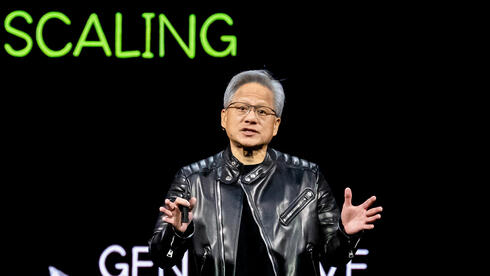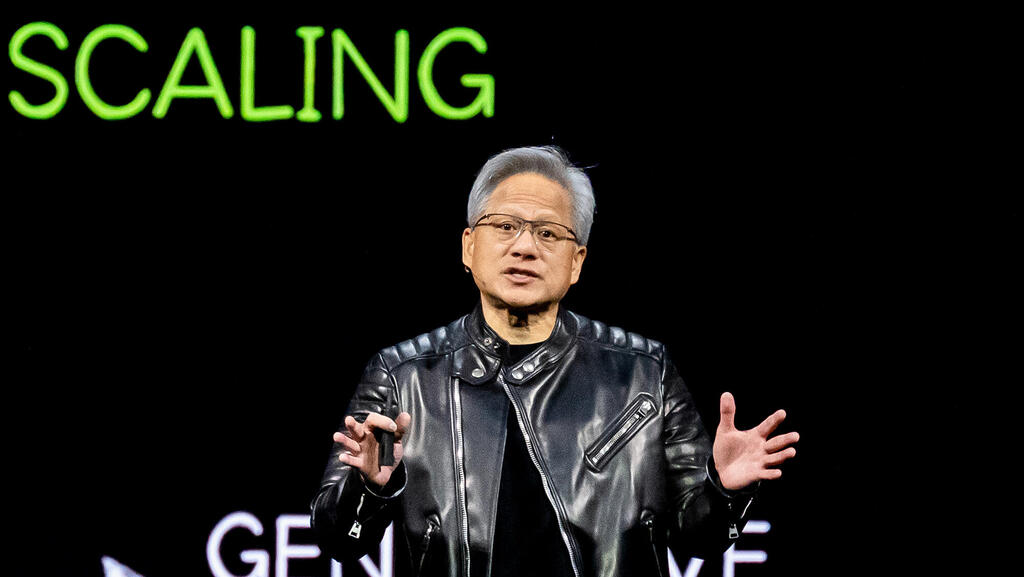
Trump’s ‘Liberation Day’ tariffs spark global tech panic
US tech giants face rising costs, while Europe and Asia prepare retaliation.
The sweeping tariffs imposed on Wednesday by U.S. President Donald Trump are set to cause significant damage to the operations of major technology companies. One of the biggest casualties is Apple, the manufacturer of the iPhone, as higher tariffs have been imposed on most of the countries where its devices are produced.
In addition, a 32% tariff on Taiwan—home to the world’s most advanced chip manufacturing—will impact companies like Nvidia and its suppliers, as well as Apple itself. Other U.S. tech giants are also at risk of retaliatory tariffs from affected countries.
On what he called the U.S.’s “Liberation Day,” Trump announced a series of import tariffs of at least 10% on all countries, with higher rates for some. The European Union faces a 20% tariff, while China has been hit with a staggering 34% rate.
Apple CEO Tim Cook has long maintained a close relationship with Trump, which previously helped the company secure exemptions from tariffs on Chinese imports. But now, those ties will be put to the test. The new tariffs target Apple’s key manufacturing bases, potentially costing the company billions unless it can secure another exemption.
China remains Apple’s most crucial production hub, assembling 90% of all iPhones. The latest tariffs raise the total U.S. tax on Chinese imports to 54%, a level that could force Apple to either raise prices significantly or absorb a major hit to its profit margins.
In recent years, Apple has worked to diversify its supply chain, shifting production to other countries to reduce reliance on China. This week, reports surfaced that Apple plans to double iPhone production in India. However, Trump’s tariffs have also hit these alternative manufacturing hubs hard:
- India (iPhones, AirPods) – 26% tariff
- Vietnam (AirPods, iPads, Apple Watch, Macs) – 46% tariff
- Malaysia (Mac production) – 24% tariff
- Thailand (Mac production) – 36% tariff
- Ireland (iMac production) – 20% tariff
According to Morgan Stanley, tariffs on Apple’s Chinese-made devices alone will increase its annual costs by $8.5 billion and cut its annual net profit by 7% ($7.85 billion). Even shifting imports to lower-tariff countries will only partially offset the impact. Apple’s stock plunged in late trading following the announcement.
During Trump’s first term, Cook successfully argued that tariffs on Apple would benefit South Korean rival Samsung. But this time, Trump has signaled that no exemptions will be granted.
Apple’s options are limited:
1. Raise prices – Likely leading to a drop in demand.
2. Absorb the costs – A direct blow to profitability.
3. Move production to the U.S. – A costly, multi-year process that is currently impractical.
Today, Apple assembles only one product—the Mac Pro—in the U.S., and shifting production of other products would take years. Even if it succeeded, Apple would still face tariffs on imported components. Without a government exemption, the company’s bottom line is set to take a significant financial hit.
While Apple may be the biggest corporate casualty, other tech giants are also in the crosshairs.
Google, Microsoft, Meta, and Amazon rely on China for hardware production.
Cloud providers (Amazon Web Services, Microsoft Azure, Google Cloud) are investing hundreds of billions in AI data centers that depend on imported components.
Taiwan tariffs (32%) are particularly concerning as they target TSMC, which produces nearly all of Nvidia’s AI processors—essential for AI infrastructure.
Nvidia dominates the AI chip market, controlling 80% of global supply. AI data centers require hundreds of thousands of processors, which will now be significantly more expensive due to tariffs.
Even Trump’s allies could be impacted. OpenAI recently announced a $500 billion AI infrastructure expansion in the U.S., and Elon Musk’s AI venture, xAI, is building massive data centers in Memphis and Atlanta. The new tariffs threaten to raise costs dramatically for these projects.
While TSMC and Intel are constructing advanced chip factories in the U.S., full production is still years away. Until then, AI companies must continue importing chips at inflated prices.
Beyond the immediate impact of tariffs, U.S. tech firms also face the threat of retaliatory measures from affected countries.
In 2024, the US exported $1 trillion in services, including finance, cloud computing, and online platforms—a sector where it holds a $300 billion trade surplus. The European Union, in particular, could respond by imposing tariffs and restrictions on U.S. services.
Major U.S. tech firms all rely on European customers for revenue:
- Apple – App Store, Apple Music, Apple TV+
- Google – Play Store, Google Drive, ads
- Amazon – Prime Video, Amazon Music
- Microsoft – Office 365
- Meta – Ads on Facebook and Instagram
- Netflix – Entire business model is based on streaming revenue
Countries may also introduce digital services taxes like the UK’s 2% levy on online platforms, which brings in $1 billion annually. The UK has even hinted that it could repeal the tax in exchange for a tariff reduction from Trump—a possible blueprint for other countries.
U.S. tech giants were already struggling with Europe’s aggressive regulatory push. The EU Commission is set to announce new fines on Apple and Meta for violations of the 2022 Digital Markets Act (DMA) this week. Now, Trump’s tariffs add another layer of uncertainty.
What is clear: the tariffs will disrupt supply chains, drive up costs, and fuel global trade tensions. And as history has shown, when major economies retaliate, US tech companies often bear the brunt of the consequences.















